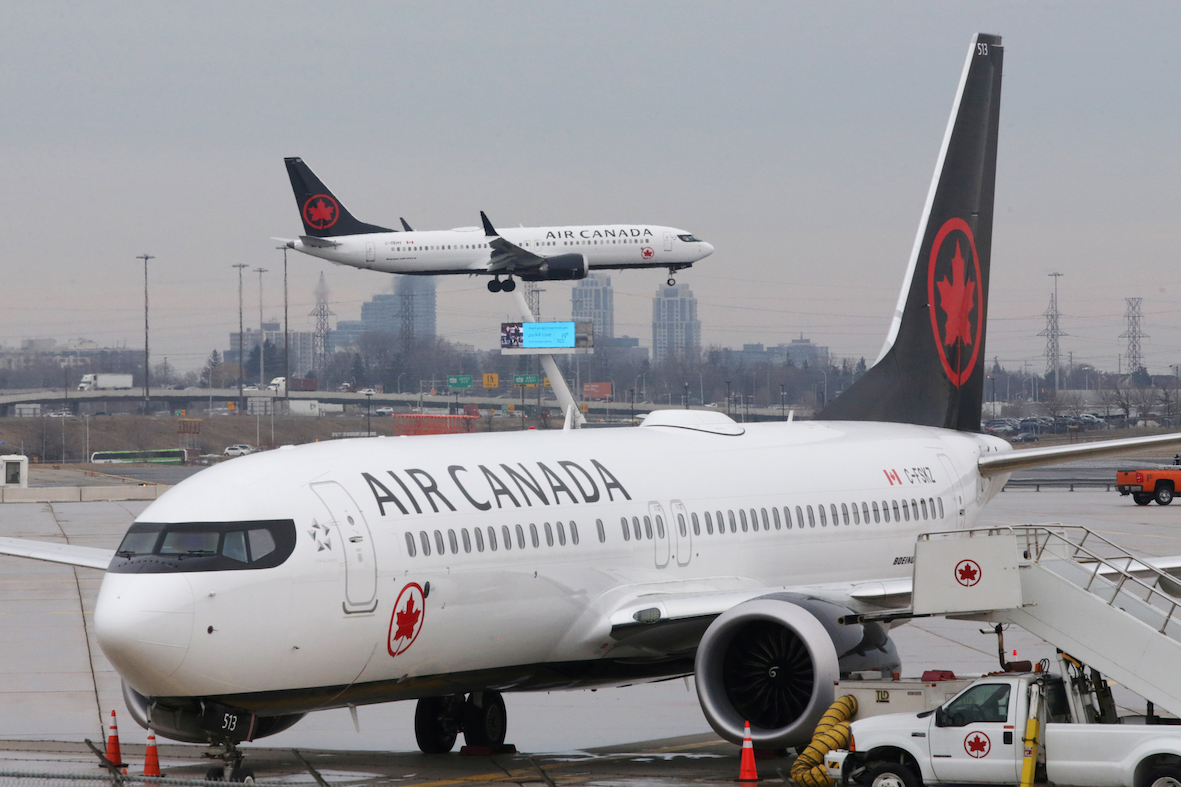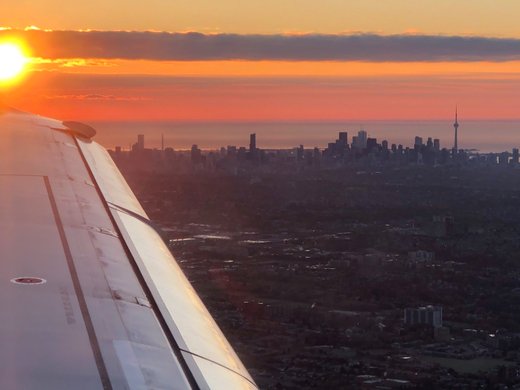On August 28, the CBC published a story about Sharon Ellingwood White, a librarian in Canaan, Vermont, who helps travellers use ArriveCAN.
In the piece, Ellingwood White described being visited by a distraught traveller driving from Maine to Montreal who had just been turned away at the border due to her non-compliance with ArriveCAN. Without a smartphone, an email account, or family to help her, the traveller came to Ellingwood White “shaking. She was in tears.”
This problem — the discomfort that countless travellers of all ages and walks of life have experienced because of ArriveCAN — must come to an end.
Unveiled in April 2020 as a voluntary alternative to contact tracing, ArriveCAN has since transformed into a mandatory border-control app. With few exceptions, all travellers entering Canada must submit health and travel information into the app. Its use is enforced through penalties under the Quarantine Act for “failure to comply with an order prohibiting or subjecting to any condition the entry into Canada” that have steadily climbed from $1,000 to $3,000 to $5,000.
The government has tried to appear lenient by creating a one-time exemption for use of the app at land borders. But for the 12 percent of Canadians who do not own a smartphone and the six percent of Canadians without internet, the requirement to use ArriveCAN presents enduring challenges.
Equity issues do not end with access to devices or the internet. They expand into comfort with the use of tech, digital literacy and, most importantly, informed consent.
Who Is Left Behind?
While Ellingwood White is doing an excellent public service by helping travellers at three land border crossings near Canaan, consider the scope of the problem: there are 119 land border crossings stretching over 8,891 kilometres of border between Canada and the United States. Three crossings are a drop in the bucket.
For isolated communities near land borders with limited access to technology, preparing and printing an ArriveCAN receipt can be onerous and vexing for some to do alone, if not downright scary and impossible. The presumption that everyone has access to technology or a family member to help them is deeply wrong.
The mandatory use of the app also deviates from the advice of the federal, provincial and territorial privacy commissioners. In a joint statement issued in May 2020, they collectively implored the government to use apps as public health instruments only on a voluntary basis, since voluntariness is “indispensable to building public trust.”
The mandatory nature of the app has been bad for public trust in ArriveCAN. To make things worse, in June and July the app sent 10,200 erroneous quarantine orders to travellers. Given that the penalty for failure to follow a quarantine order is up to $750,000 or six months in jail, the glitch raises serious concerns about the technology governance and oversight in place to manage ArriveCAN.
Equity issues are of primary importance in public service delivery. The divergent experiences of travellers at airports and land borders expose differences in how the app does and does not work, and for whom. ArriveCAN was designed for air travellers, not land travellers. Its functionality makes little sense for those going back and forth over the border for the same-day trips common to so many border communities. These communities have pleaded with the government to act.
A Shifting Rationale
Despite ArriveCAN’s original public health purpose, it is increasingly untethered from Canada’s pandemic response. This shift became clear on June 27, when the government updated the ArriveCAN website to note: “ArriveCAN is not only keeping travellers safe, but is part of our ongoing efforts to modernize our border.”
The next day, the government unveiled the “voluntary” Advance Canada Border Services Agency (CBSA) Declaration feature to permit air travellers to upload customs and immigration declarations. Advance CBSA Declaration has little to do with public health. Instead, it is a veiled attempt to repackage and increase the use of eDeclaration — an app unveiled in 2018 that failed to gain traction when it was released as a separate and voluntary app. The day after Advance CBSA Declaration was introduced in ArriveCAN, eDeclaration was retired.
The decision to embed a voluntary customs and immigration declaration feature into ArriveCAN’s mandatory architecture is known in user experience design as a “dark pattern” — a deceptive pattern that is crafted to trick people into using it. This design seems all the more coercive given the Quarantine Act penalties in place for failing to use ArriveCAN.
What this all adds up to is that the Government of Canada is accelerating its border modernization aspirations for airports using a public health rationale, while making a mess of the land border crossing experience in the process. It is using the Quarantine Act to do so. The app is a case study in inequitable modernization efforts.
With its mismanagement of ArriveCAN, the federal government is making a stronger case each day that it is unable to provide the responsible stewardship needed for trustworthy digital public service delivery. From the perspectives of equity, trust and informed consent, the only right thing to do now is shift the app to voluntary use or retire it for good.



